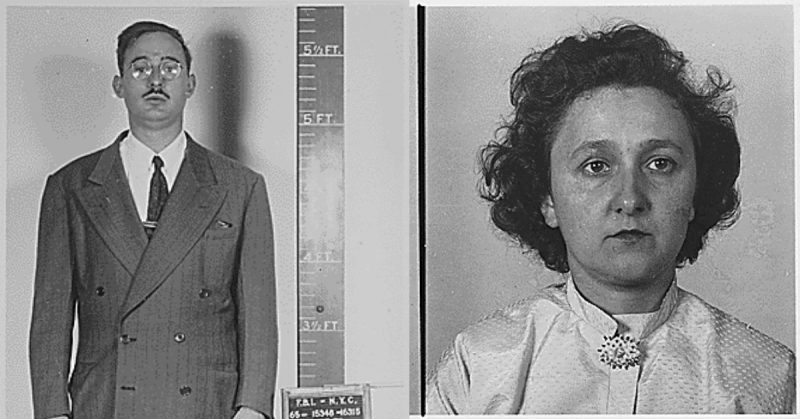Julius and Ethel Rosenberg made history on June 19, 1953, as the only two American civilians convicted on espionage charges and executed on American soil during the Cold War.
They spent their final months in New York’s Sing-Sing High-Security Prison before going to the electric chair. Julius was thirty-five, and his wife Ethel was thirty-seven.
Julius Rosenberg was a committed communist. For a time, he was a leader in the Young Communist League USA, where he met Ethel Greenglass in 1936 when he was eighteen.
Three years later they were married and went on to have two sons together.
In 1940, Rosenberg went to work at the Army Signal Corps Engineering Laboratories in New Jersey as an electrical engineer.
The work at Fort Monmouth involved sensitive research on guided missiles, radar, and communications equipment, but his working life was compromised by his political beliefs. He was fired in 1945 because of his links to the Communist Party.
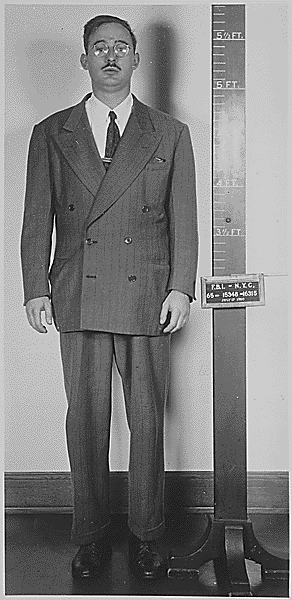
In 1947, US President Harry S. Truman signed an executive order that stated all federal civil service employees be screened for “loyalty.”
As it turned out, this was too little too late as Rosenberg had already passed on thousands of detailed reports to his Communist Party handlers. He was also paid a one-hundred-dollar bounty for recruiting other individuals into the espionage ring.
Details of the US Airforce’s first jet fighter, the P-80 Shooting Star, allegedly arrived in Russia via William Perl, a Rosenberg recruit.

At his trial in 1953, Perl denied any association with Rosenberg. But his career as a high-ranking American physicist was over when he was convicted on espionage charges and spent five years in prison.
The People’s Commissariat for Internal Affairs, the Soviet NKVD, had recruited Rosenberg on Labor Day, 1942. The man responsible was former spymaster Semyon Semyonov. In 1944, he was replaced by Alexander Feklisov.
When Feklisov found out that Rosenberg’s brother-in-law, David Greenglass, was working on the Manhattan Project, Julius was ordered to recruit him.
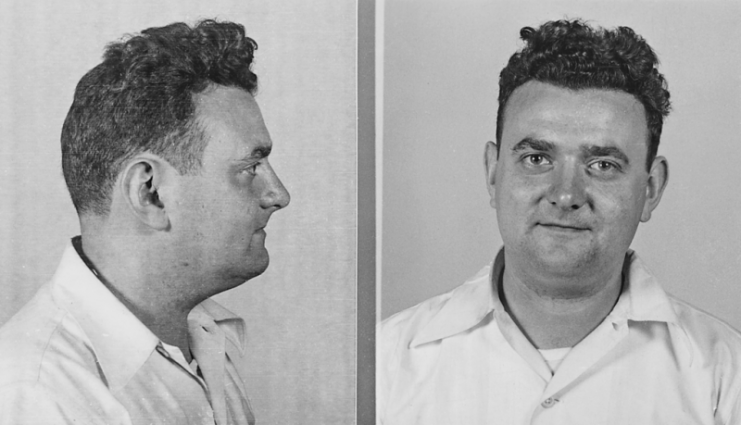
In 1944, Rosenberg was also able to recruit another Manhattan Project engineer, Russell McNutt, who had access to sensitive information regarding the enrichment of uranium to bring it up to weapons-grade material.
Just five years later, on August 29, 1949, the Soviets were able to stage their first nuclear test.
The political shockwaves rippled out from Washington. The US security services were determined to uncover the spies responsible.
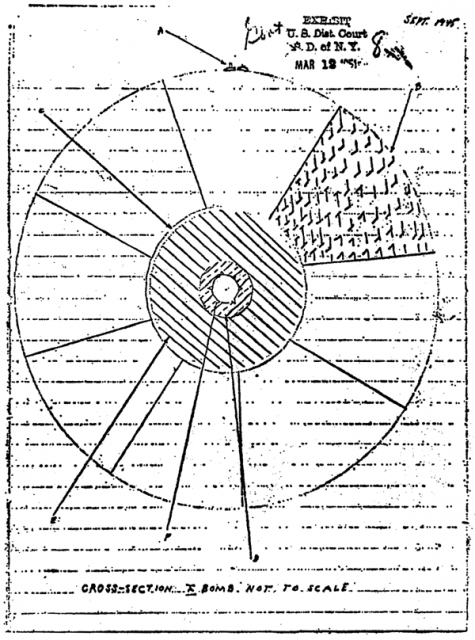
In 1950, an inquiry by US intelligence discovered that German refugee Klaus Fuchs had been passing on documents connected to the Manhattan Project throughout the war.
From Fuchs, they got the name Harry Gold. From Gold, the FBI got the name David Greenglass and on June 15, 1950, he was arrested and soon confessed to his involvement. He also implicated his sister, Ruth, whom he said had been the one to talk him into working for Julius.
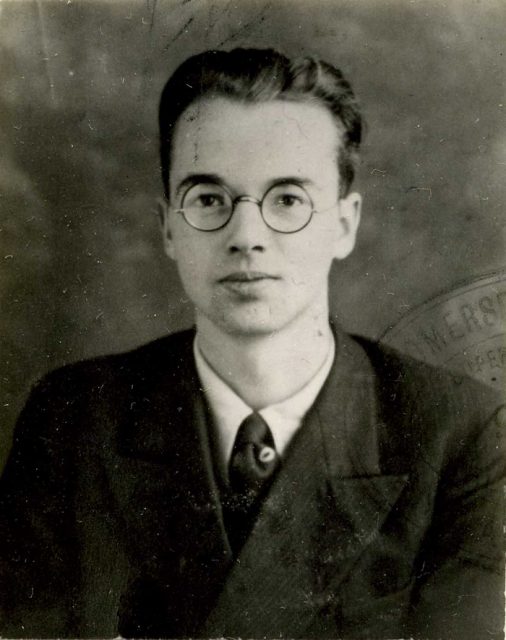
Two days later, Julius Rosenberg was also arrested.
On August 11, Ethel Rosenberg testified before a Grand Jury and was also arrested. On August 17, the Grand Jury returned an indictment detailing 11 acts of espionage. The trial didn’t start until March 6, 1951, and on March 29 they were convicted and sentenced to death.
Coverage of the trial and an investigative series published in the National Guardian led to the formation of the National Committee to Secure Justice in the Rosenberg Case.
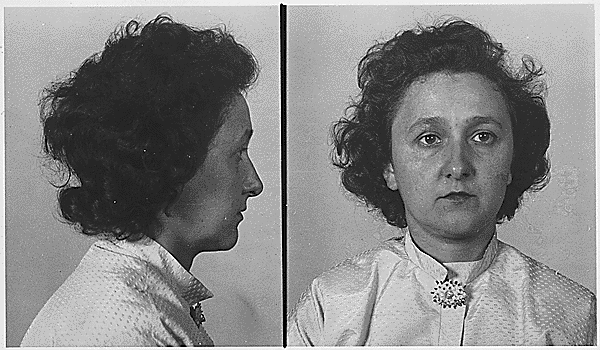
There had been a widespread campaign of support abroad for the couple, mainly from European organizations and post-war luminaries such as the French Philosopher Jean-Paul Sartre, who said, ‘your country is sick with fear… you are afraid of the shadow of your own bomb.’
There were protestations that the trial was anti-semitic, which, even after the recent horrors uncovered at the end of WWII, cut no ice on American soil. The Rosenbergs received no support from any of the mainstream Jewish organizations or Civil Liberties Unions.
The Pope in Rome, Pius XII, appealed directly to President Dwight D. Eisenhower for clemency, but all appeals were refused.

In 1995, the US Government declassified papers which revealed that Julius Rosenberg was indeed an important central figure in a very productive Soviet spy ring. Ethel’s involvement was either far more limited than had been alleged or was simply not recorded.
The papers appertaining to the trial were declassified in 2008. They reveal some deviations in testimony which would make Ethel’s conviction somewhat less safe if the trial was held again today.
The couple’s sons, Michael and Robert Meeropol, have worked hard over the years to try to exonerate their mother, including petitioning the outgoing President Barack Obama in October 2016.
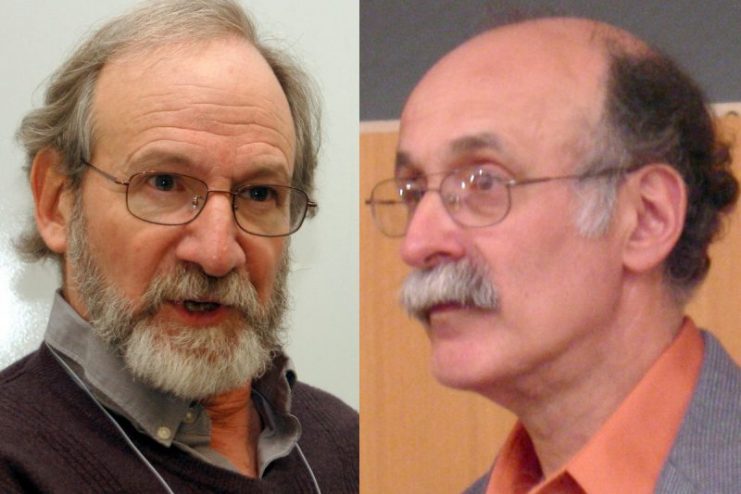
In 1990, Robert Meeropol founded the Rosenberg Fund for Children as a foundation that supports children of targeted liberal activists. Michael and Robert were ten and six years old when their parents were executed.
